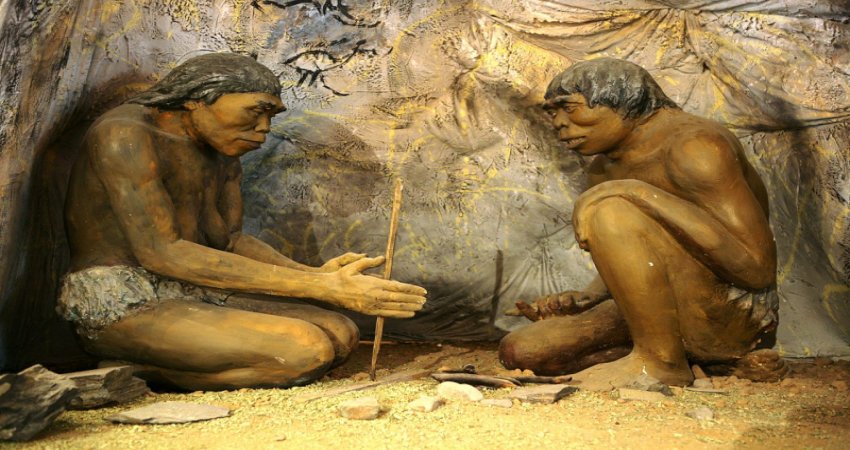Conny Waters – MessageToEagle.com – Early humans not only knew how to use fire, but they also developed sophisticated technologies for making tools.
They may have had a good understanding of the effects of heating the stone before flaking it into blades, and they may even have used different temperatures to create different types of tools.

In research published in Nature Human Behavior, researchers at the Weizmann Institute of Science recently employed cutting-edge technologies of their own to take a fresh look at a collection of stone tools.
The team – Prof. Avi Gopher and colleagues in Tel-Aviv University – focused their study on Qesem Cave, a site in Central Israel, dated between 420,000 and 200,000 years ago, or the Lower Paleolithic.
The findings suggest that the early humans who made them may have had a good understanding of the effects of heating the stone before flaking it into blades and may even have used a variety of temperatures to create different types of tools.
The ancient hominins, a group that includes modern humans as well as extinct human species, who lived in Qesem Cave, left behind tens of thousands of stone tools, made of flint.
They were produced in a process called knapping, a process that uses another rock or tool to chip off pieces, honing a sharp edge.
The team examined the question of whether the ancient inhabitants of the area might have used fire to temper the flint before knapping it. Much later, groups – less than 100,000 years ago — left evidence of firing their flint, which makes the stone easier to shape. Somewhere between 300,000-400,000 years ago, the main prey these hominins hunted changed from elephants to fallow deer, which meant that they had to change and refine the tools they used to hunt.

However, in sites of this age, there is generally almost no remaining organic matter that can give researchers conclusive evidence of fire use.
The first challenge in trying to understand whether flint has undergone any structural change that could indicate it had been heated by fire, is that the structure of raw flint can vary from site to site and from piece to piece, depending on the geological conditions in which it formed.
“At first, the data seemed to be all over the place, and we did not know if we could say anything about these tools. But then Azuri created his model, and things just fell into place,” said Dr. Filipe Natalio of Weizmann’s Scientific Archaeology Unit.
“We can’t know how they taught others the skill of toolmaking, what experience led them to heat the raw flint to different temperatures, or how they managed to control the process, but the fact that the longer blades are consistently heated in a different way than the other pieces does point to an intent,” said Natalio.
Written by Conny Waters – MessageToEagle.com – AncientPages.com Staff Writer






